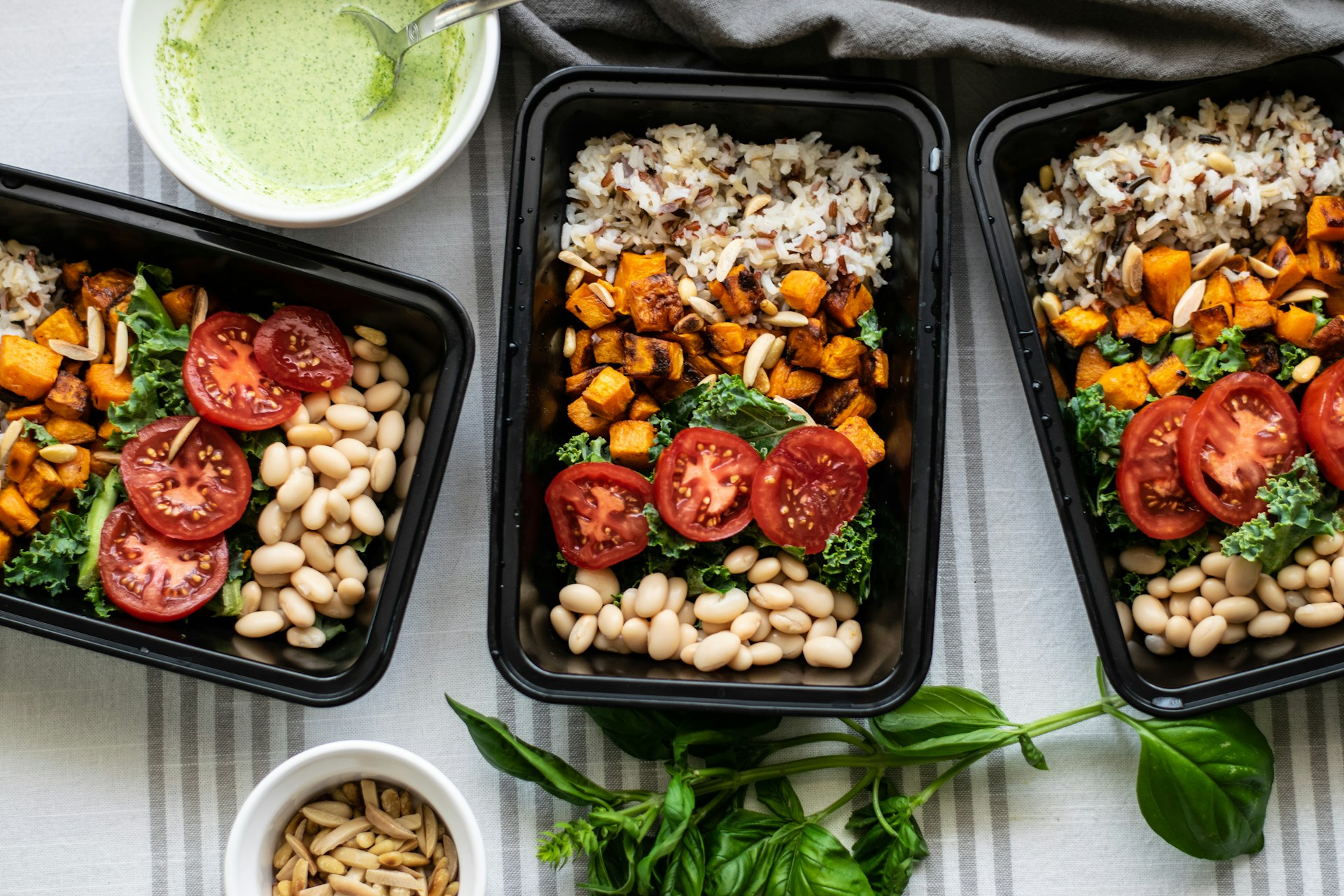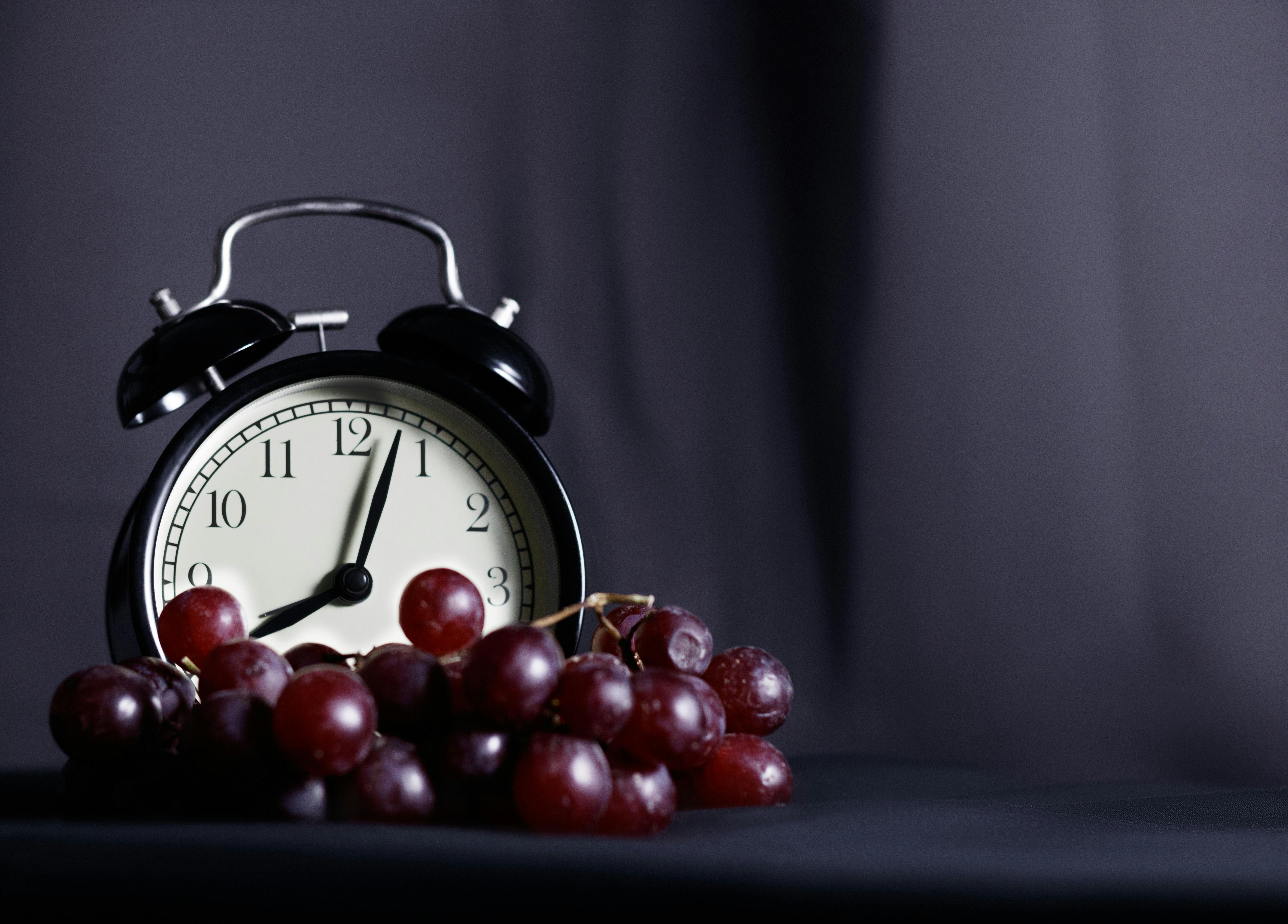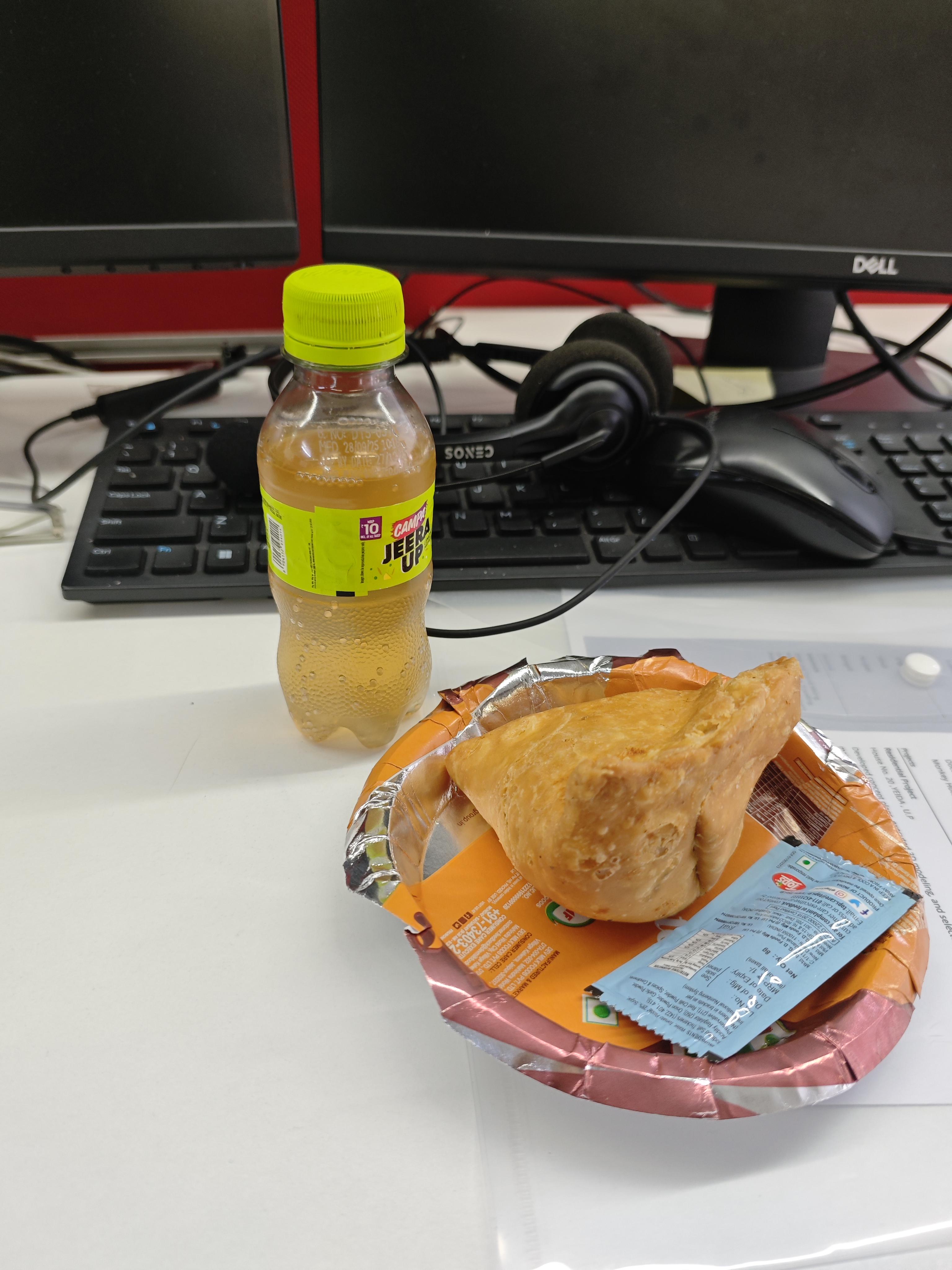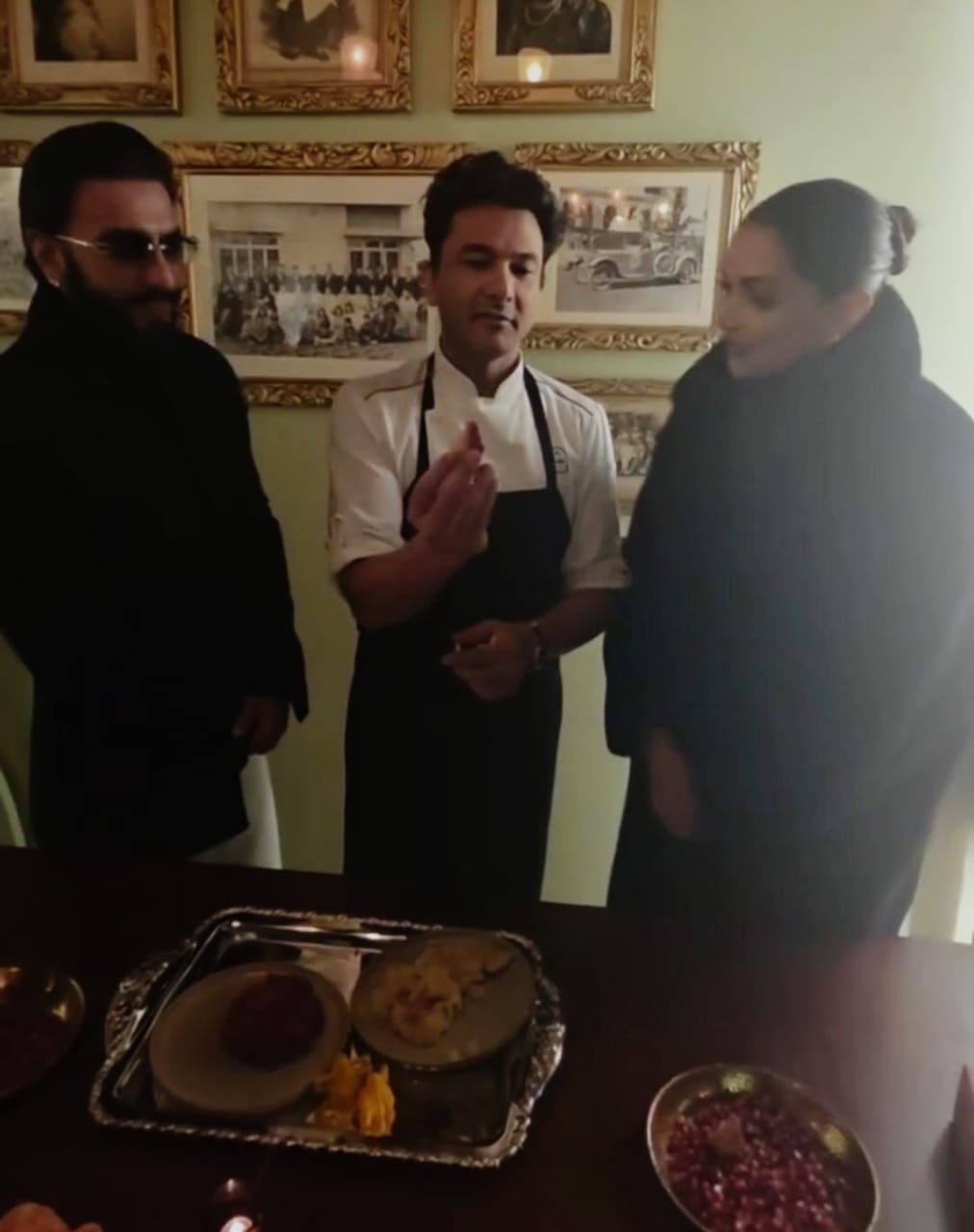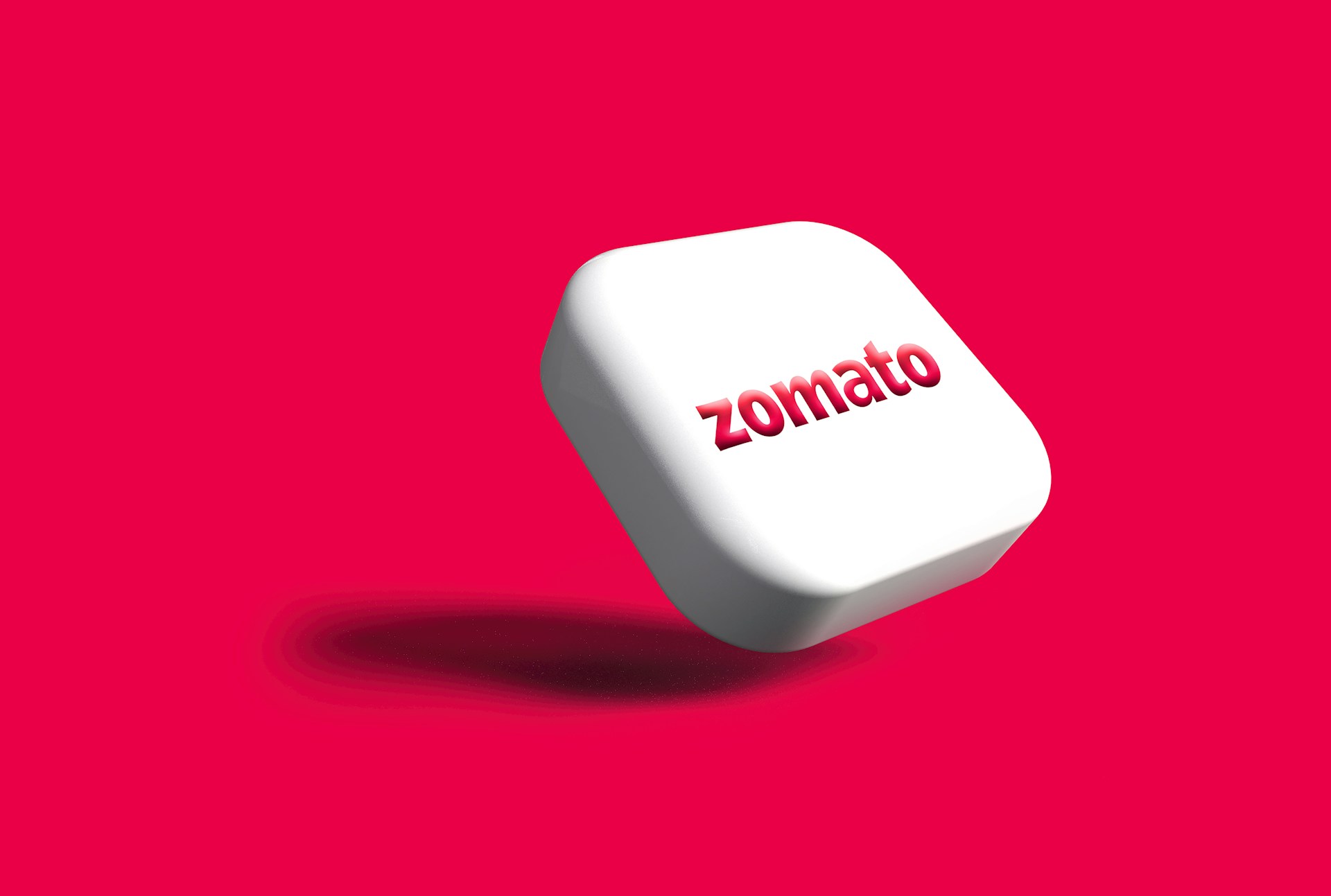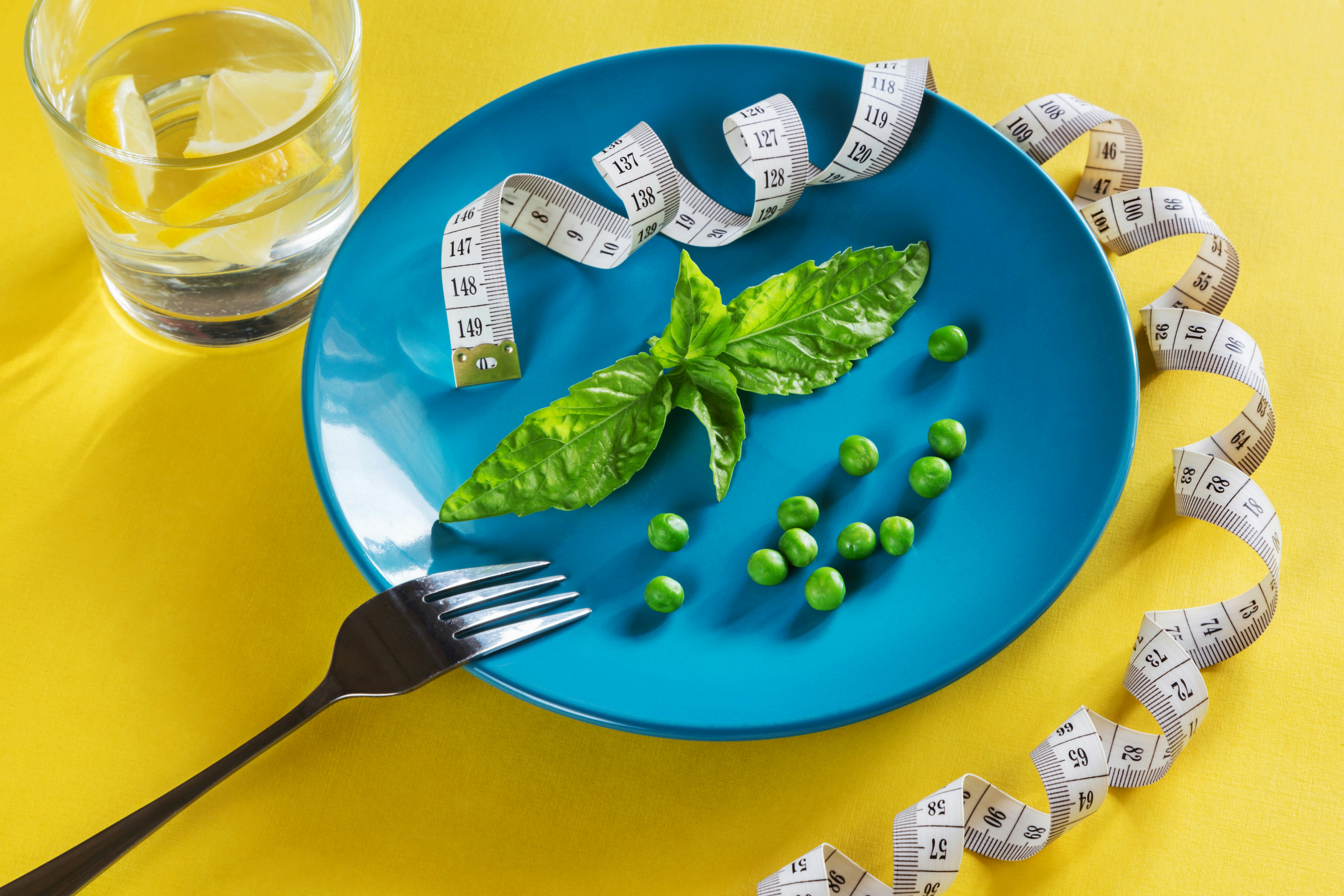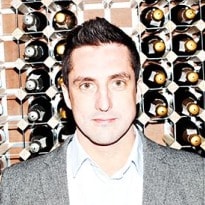Winemaker Charlie Holland's love for the wine began in an Australian vineyard. Now he coaxes quality grapes from Kentish soils
I fell into winemaking: less in a drunken stupor, more in love. Working in a winery wasn't part of my plan 14 years ago, when I left London for Australia after finishing my degree. I did one harvest in the McLaren Vale, where they make deep, fruity Shiraz blends, when it all began.
At first I was intrigued by the science and technology that could help a winemaker to the best wine a particular patch of land. But very quickly it was the atmosphere surrounding the winemaking that became addictive: watching the sun rise over the vineyard on the way to work, the smell of fermenting juice, the touch, feel and smell of freshly picked grapes.
I abandoned what I had thought was my future in marketing and went to Plumpton College to study viticulture and oenology, after which I applied my trade in vineyards all over the world: across different climates, soil times and, as a result, styles of wine. From full-bodied reds in the Napa Valley to German rieslings and sweet wines in Minervois, I experienced winemaking in many of its guises before returning to the UK and coming to Gusbourne. Until five or so years ago, I hadn't specialised in sparkling wine, which I like to think is a strength. English sparkling wine has earned itself a good reputation in the past few years. Many will tell you that south-east England has chalky soils and a climate that bear resemblance to those in France's Champagne region. Both lend themselves to wines with high acidity and, after ageing, that beautiful "toasty" quality you find in classic champagne. This is all true, but it's also over-simplifying, undermining even,the unique character of English fizz: The truth is, we are not producing imitation champagne and, even more importantly, each English sparkling wine house offers something a bit different.
At Gusbourne, the difference is our clay soils and the grape clones we use to suit these. Most UK winemakers use Champagne clones of the three classic sparkling wine grapes - chardonnay, pinot noir and pinot meunier - but here we use burgundy clones: they are better suited to clay, producing wines with greater complexity. Add to this our maritime climate - we sit in a pocket of south-east Kent just eight miles from the coast, so some of the hottest sites in the UK are tempered by sea breezes - and a four-year ageing process, and suddenly you've got some very intricate, mineral wines. Our coastal site gives the chardonnay a slightly saline quality without compromising its fruitiness; it has a mandarin character I haven't tasted in chardonnay grapes elsewhere. This is expressed fully in our Blanc de Blancs - a 100% Chardonnay sparkling wine - and is blended with the lovely red fruit qualities of the two Pinot grapes in our Brut Reserve, Kent's take on a more traditional Champagne blend.
Burgundy clones produce far fewer grapes than those of Champagne and so, while all English sparkling wine is by definition "boutique" in comparison with its champagne counterparts, ours is a particularly specialist product: Gusbourne only produces 30,000-40,000 bottles a year, which is relatively tiny.
As winemaker, I guide the process; mine is an approach of minimal intervention and I like to let nature do its thing. They say it takes 10 years to get to know your land so, as an 11-year-old winery, the adventure is only just beginning for us. I fell in love with winemaking 14 years ago but I am still fascinated by the wine in my glass on a daily basis. The romance continues.
Reader offer: The first 6 readers to email info@gusbourne.com will receive a bottle of Brut Reserve 2009.
Photo: Charlie Holland was intrigued by the science that could help a winemaker to get the best wine from a particular patch of land. Photograph: Michael Thomas Jones for the Guardian

